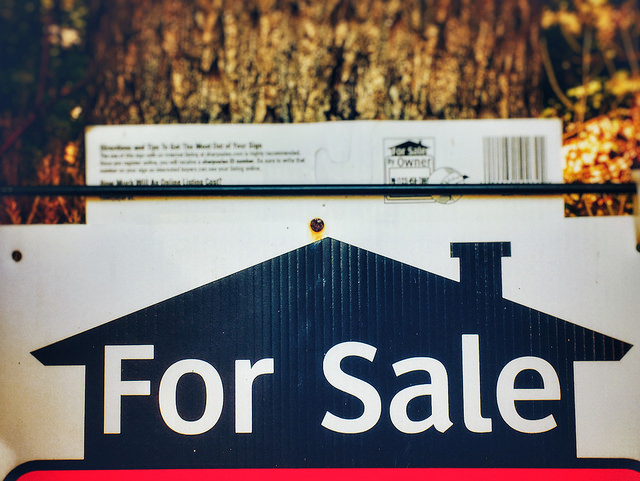Owning a home has typically been thought of as one of the keys to a comfortable retirement. After all, years worth of monthly mortgage payments mean owners can build up a significant amount of equity if they stay in one place long enough. Then, during retirement, they can either sell their home for a profit or use a home equity line of credit to increase their bottom line. But what about now? Is owning a home still a vital part of a good retirement plan? Well, a recent study from the Urban Institute looked at the home equity patterns of older American households and found that our homes still rank among our most valuable assets. “Not only does a house meet the basic needs of shelter, but it’s an asset that typically can be used to build wealth as homeowners pay down their mortgages,” the authors write. “In fact, many retirement security experts argue that the conventional three-legged stool of retirement resources – Social Security, pensions, and savings – is incomplete because it ignores the home.” However, though owning a home is still a great way to build wealth and the majority of older adults own homes that can help finance their retirement, the report also warns that we are taking on more mortgage debt and financing it for longer periods than we have in the past. If that trend continues, future generations may find they’re less able to lean on home equity as a source of retirement income. More here.













